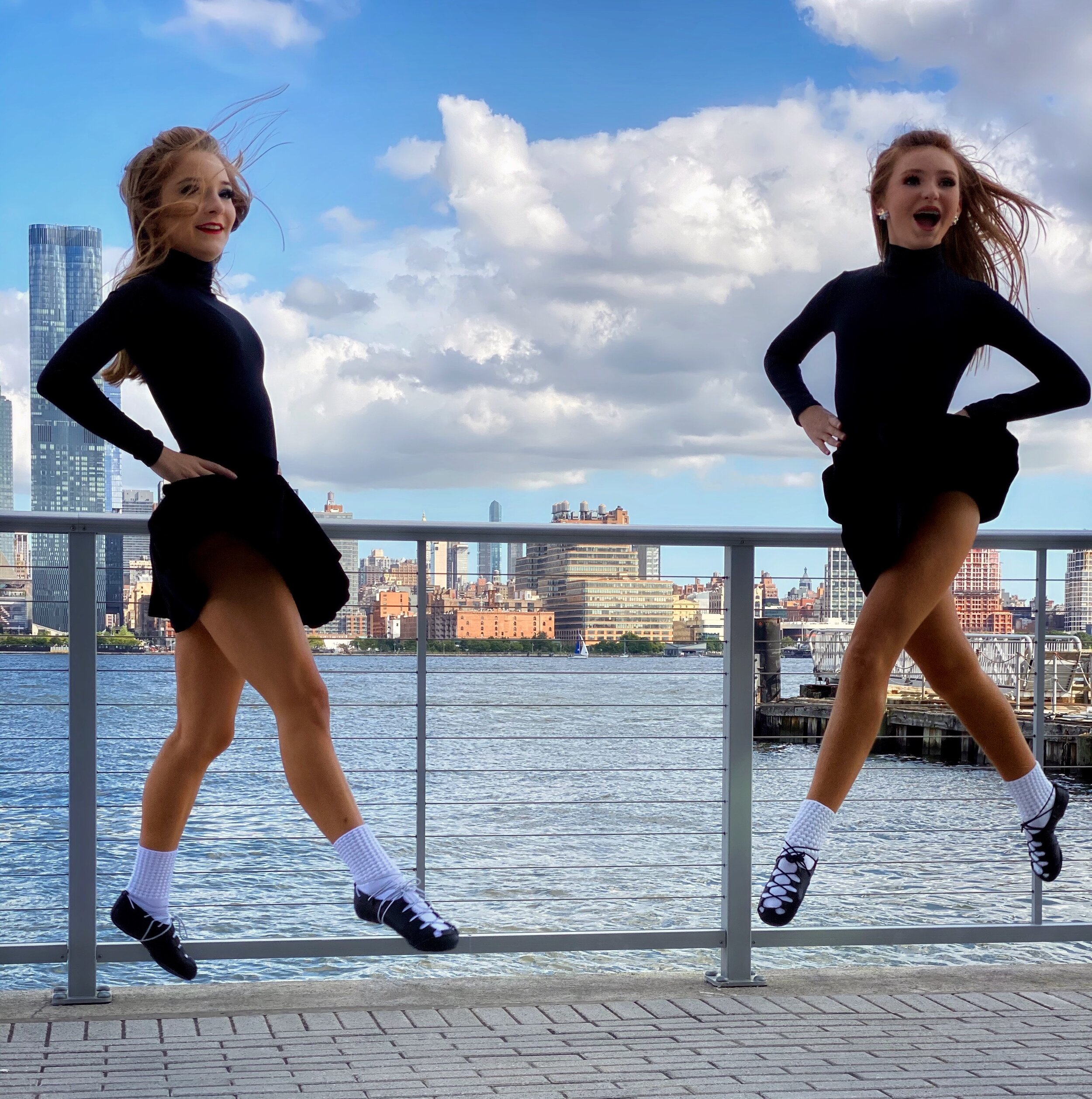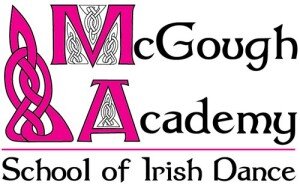
Irish Step Dance
Irish dance is a group of traditional dance forms originating from Ireland, encompassing dancing both solo and in groups, and dancing for social, competitive, and performance purposes. Irish dance in its current form developed from various influences such as Native Irish dance, French quadrilles and English country dancing. Dance was taught by "travelling dance masters" across Ireland in the 17th-18th century, and separate dance forms developed according to regional practice and differing purposes. Irish dance became a significant part of Irish culture, particularly for Irish nationalist movements. From the early 20th century, a number of organisations promoted and codified the various forms of dance, creating competitive structures and standardised styles.
Solo Irish dance includes the most well-known form of Irish dance, Irish stepdance, which was popularised from 1994 onwards by dance shows such as Riverdance. This production advertised both Irish music and dancing and which is practised competitively across not only the Irish diaspora but to many more people who have disparate cultural backgrounds. Stepdance is characterised by the rigid upper body and intricate footwork of its performers. Other forms of solo Irish dance include sean-nós dance, a relaxed and social dance style involving improvised steps, and festival Irish dance, a style which separated from step dance in the mid-20th century.
Irish dancing in groups is made up of a number of styles and traditions, which developed from French and English dances and formations. Ceili dance, practised both competitively and socially, is performed by groups of two to sixteen people, and often uses traditional or codified dances and formations. Its footwork is simple, and emphasis is placed on the figures and formations of the dances. Set dance is primarily a social tradition, for groups of four dancers, and includes elements of the intricate footwork found in step dance.
